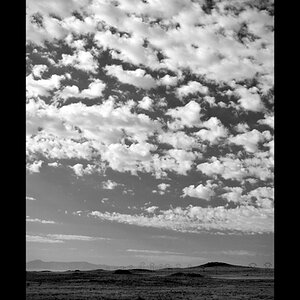BmDubb
TPF Noob!
- Joined
- Oct 6, 2009
- Messages
- 243
- Reaction score
- 0
- Location
- Knoxville, Tennessee
- Website
- www.myspace.com
- Can others edit my Photos
- Photos OK to edit
Just need a little help understanding how/why/what makes a photo " too centered ". Just doesn't make much sense to me. Can anyone explain this or know a link to some good reading? Ive been searching for 2 hours and can't find anything lol
Thanks guys
Thanks guys






![[No title]](/data/xfmg/thumbnail/32/32701-51bacbc6ea9d40683123c14f053d4742.jpg?1619735603)






![[No title]](/data/xfmg/thumbnail/32/32698-38e2346942223e17b43fb958f66064c1.jpg?1619735601)
![[No title]](/data/xfmg/thumbnail/32/32699-3434a76363cb383404e00a3cd5ed5728.jpg?1619735601)

